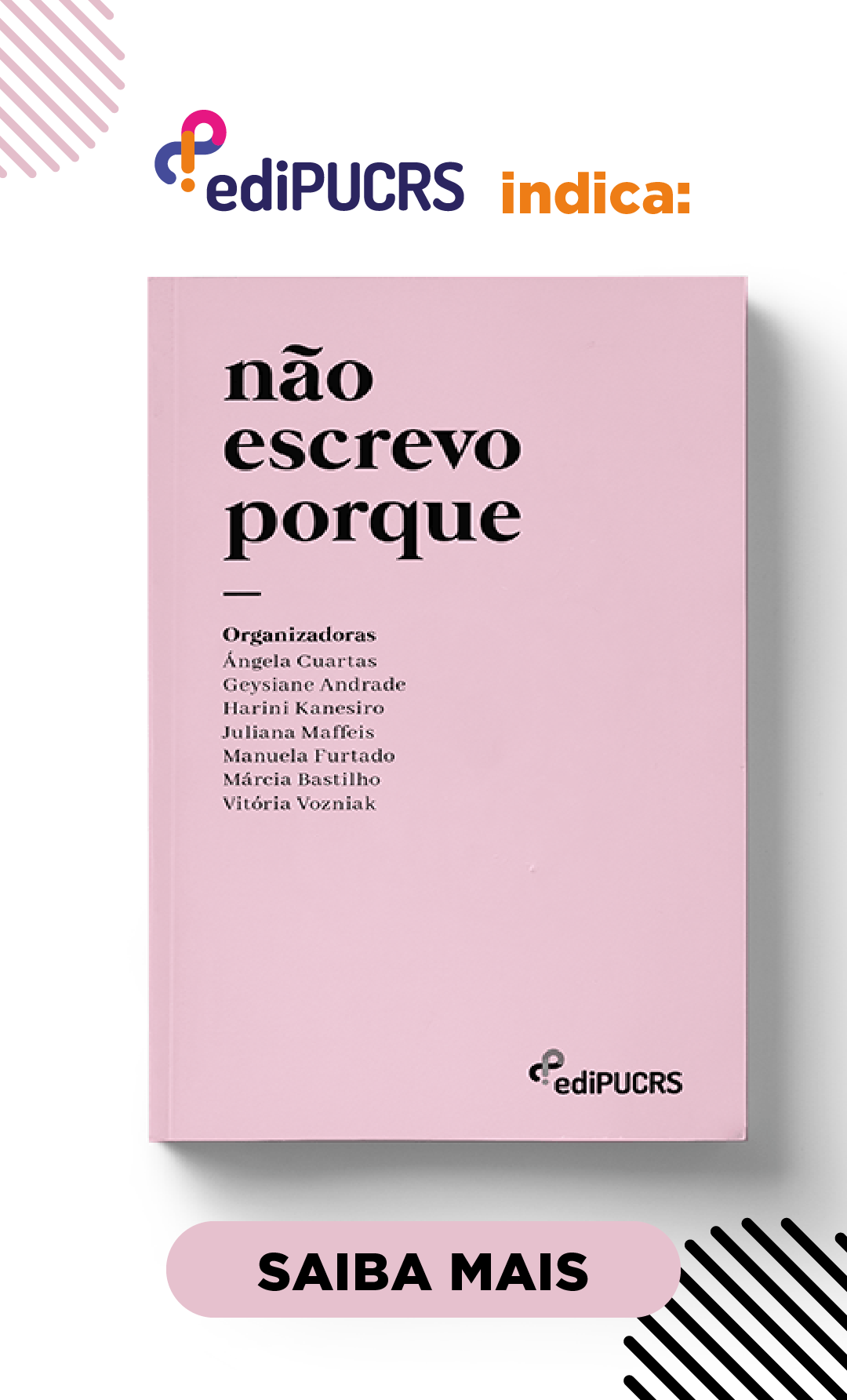O método de “dublar desenhos animados” como meio de desenvolver as habilidades linguísticas de escolares
DOI:
https://doi.org/10.15448/2178-3640.2022.1.43343Palavras-chave:
habilidades linguísticas, dublagem de desenho animado, estudanteResumo
O artigo discute um dos problemas mais importantes da escola primária moderna – o desenvolvimento das habilidades linguísticas dos alunos. A escolha do tema de pesquisa deve-se ao fato de que as habilidades linguísticas são um dos componentes-chave para o sucesso do ensino e do ensino de línguas em geral. O objetivo deste artigo é refletir sobre o nível de desenvolvimento das habilidades linguísticas das crianças do ensino fundamental e apresentar o método de utilização da técnica de “pontuação (voz) de desenhos animados” na captação de imagens aprimoradas para o desenvolvimento dessas imagens. Para resolver este problema, foram utilizados os seguintes métodos: análise de fontes pedagógicas e linguístico-metodológicas, análise comparativa, generalização de dados pedagógicos e linguístico-metodológicos e o estudo de fontes primárias. Neste, consideramos como possibilidades de uso da técnica de “pontuação de um desenho animado” segundo artigo, desenvolver a habilidade linguística dos alunos mais jovens (crianças de 9 anos e alunos do 3º ano). Os resultados do trabalho experimental confirmam a hipótese e indicam que o uso de jovens em vídeos contribuirá para um desenvolvimento mais efetivo das habilidades linguísticas dos alunos.
Downloads
Referências
Alibina, A. T. (1976). Features of mnemonic activity and learning a foreign language. The science, P.196.
Beretta, A. (1992). Evaluation of language education: an overview. Evaluating second language education. C.U.P., 5-24.
Biedron, A., & Szczepaniak, A. (2009). The cognitive profile of a talented foreign language learner. A case study. Psychology of Language and Communication, 13(1), 58-71.
Canale, M., & Swain, M. (1980). Theoretical bases of communicative approaches of second language teaching and testing. Applied linguistics, 1, 1-47.
Carroll, J. B. (1981). Twenty-five years of research on foreign language aptitude. Diller K. C. (Ed.), Individual differences and universals in language learning aptitude (pp. 83-118). Newbury House.
Druzhinin, V. N. (1996). Psychodiagnosis of general abilities. The science.
Dudetsky, A. Y. (1974). Theoretical questions of imagination and creativity. Stanza.
Dyachenko, O. M. (1996). The development of the imagination. The science.
Elkonin, D.B. (1960). Child psychology. Pedagogy.
Gurevich, K. M., & Borisova, E.M. (2007). Psychological diagnostics: textbook. Publishing house “Peter”.
Halperin, P. Ya. (1967). On the psychology of learning a foreign language: Scientific-methodical conference on the teaching of foreign languages at school. (pp. 60-63). The science.
Igna, O. N. (2013). Approaches to the identification of linguistic giftedness and ability to foreign languages. Actual problems of linguodidactics. Bulletin of TSPU (TSPU Bulletin), 3(131), pp. 115-119.
Koreshkova, T. V. (2006). Preparing a future teacher: how to teach younger students to create statements. Primary School, 3, 82-94.
Kulakova, N. V. (2014). The development of coherent oral speech of younger schoolchildren in the modern world: traditions, problems, innovations: Materials of the international scientific-practical conference (pp. 297-299). Publishing house of KuzSPA,
Kulakova, N. V., Averina, I. A., & Samotik, L.G. (Ed.). (2015). Scoring of cartoons as a means of developing communicative competence of primary school children: Communicative processes in the educational space. Materials of the International Scientific and Practical Conference. Krasnoyarsk State Ped. University named after V. P. Astafyev, 214-217.
Kulakova N.V., Wekkesser M.V., Rostova M.L. (2020). Using the reception“voicing cartoons” in process of developing the linguistic abilities of primary school students
Siberian Pedagogical Journal, 1, 37-46.
Magin, N.S. (1962) About some types of abilities to master a foreign language. Problems of abilities, 10, 276-288.
Ministry of Education and Science of the Russian Federation. (2019). Order of the Ministry of Education and Science of Russia dated 06.10.2009 Nо 373. Education. Federal State Educational Standard of primary general education.
Ponomarev, Ya. A. (1967). Knowledge, thinking and mental development. The science.
Prosetskiy, P. A., & Semichenko, V. A. (1989). Psychology of creativity: a training manual. State Ped. Institute named after V.I. Lenin.
Rean, A. A., Bordovskaya, N. V., & Rozum, S. I. (2002). Psychology and pedagogy. Peter.
Rubinstein, S. L. (2008). Fundamentals of General Psychology. “Peter”.
Sholpo, I. L. (1999). How to teach a preschooler to speak English. “Peter”.
Smirnov, A. A. (1987). Selected psychological works. Pedagogy.
Wen, Z., Biedron, A., & Skehan, P. (2017). Foreign language aptitude theory: Yesterday, today and tomorrow. Language Teaching, 50(1), 1-31.
Zimnaya, I. A. (1997). Pedagogical psychology. Phoenix.
Downloads
Publicado
Como Citar
Edição
Seção
Licença
Copyright (c) 2022 BELT - Brazilian English Language Teaching Journal

Este trabalho está licenciado sob uma licença Creative Commons Attribution 4.0 International License.
Direitos Autorais
A submissão de originais para a BELT - Brazilian English Language Teaching Journal implica na transferência, pelos autores, dos direitos de publicação. Os direitos autorais para os artigos publicados nesta revista são do autor, com direitos da revista sobre a primeira publicação. Os autores somente poderão utilizar os mesmos resultados em outras publicações indicando claramente a BELT - Brazilian English Language Teaching Journal como o meio da publicação original.
Licença Creative Commons
Exceto onde especificado diferentemente, aplicam-se à matéria publicada neste periódico os termos de uma licença Creative Commons Atribuição 4.0 Internacional, que permite o uso irrestrito, a distribuição e a reprodução em qualquer meio desde que a publicação original seja corretamente citada.





